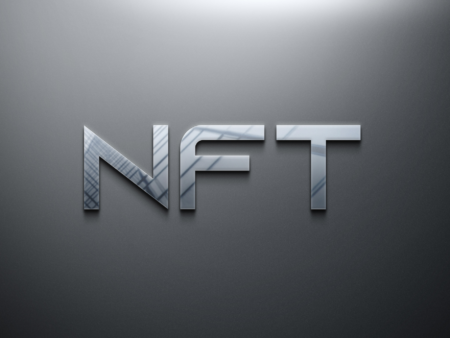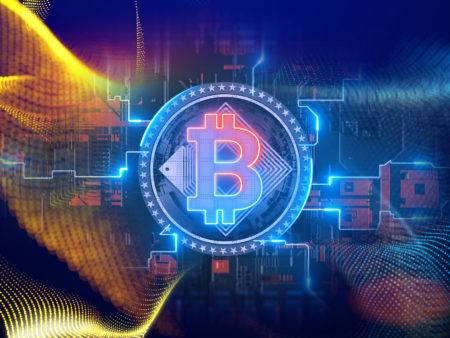Explore how Ethereum’s unmatched smart contracts platform has positioned it as the dominant force in the NFT and decentralized finance (DeFi) industries.
NFTs and decentralized finance both use Ethereum, the industry standard for smart contracts platforms. The nearest rival in the NFT market is Solana. But Ethereum is still in charge.
Ethereum established itself as the undisputed monarch of DeFi and also achieved the same with NFTs because it was the first smart contracts platform. Many times, new protocols emerge with the moniker “The Ethereum Killer,” but none have ever threatened ETH’s hegemony.
Proof of Stake (POS) has replaced Proof of Work (POW) as the consensus mechanism since the most recent Ethereum merger. The modification has lowered the blockchain’s carbon emissions by 99%, but it also centralizes Ethereum.
In response to the Ethereum merger announcement, new NFTs will be issued on either the ETHPOW or ETHPOS blockchain. Prior to the integration, existing NFTs will be duplicated on both blockchains.
Relationship between NFTs and Ethereum
An NFT has been introduced by numerous sports teams and personalities. The most recent celebrities to release an NFT collection are Snoop Dogg and Billy Ray Cyrus, with holders receiving wonderful artwork as well as additional bonuses.
The future is promising because NFTs are frequently sought-after collectibles. In addition to NFTs, Ethereum is the go-to smart contract technology in a wide range of diverse businesses, including decentralized exchanges and Ethereum gambling at online casinos. Because you can make payments and collect ETH using your browser with the help of the Metamask plugin, the ease of use of the ETH product has aided in its wider acceptance.
Because of its highly secure network, data design, and well-known brand, Ethereum is the protocol of choice for NFTs, the newest way for athletes and entertainers to interact with their fans.
Why Ethereum Is Popular with NFTs
Many people are perplexed by Ethereum’s use in NFTs and the protocol’s substantial market dominance. The Ethereum blockchain, which is already 8 years old and has the most active monthly developers (220), has all the necessary components to spread NFTs widely.
Chiliz, a decentralized application that makes use of the Ethereum blockchain, has even teamed with some of the biggest names in sports. Fans can buy fan tokens using the Socios app, which grants them access to the most recent NFTs at their preferred clubs, like PSG and Juventus.
Trading cards are the most common NFT in the sports industry, and their popularity is only increasing. The Lionel Messi Golden One trading card, which sold for $1.1m, currently holds the record. In actuality, Bosslogic, the artist, merely set a reserve of $50,000 during the auction, but a bidding war broke out.
Currently, there is no distinction between Ethereum and NFTs, but with Solana vying for ETH’s dominance, the future is uncertain. However, one can argue that competition benefits Ethereum as it drives the protocol to advance.
Ethereum is at risk because NFT King
Solana, the most recent challenge to Ethereum, says it can produce 50,000 TPS, and as a result, many NFTs are migrating to the SOL platform. The well-known works of art Degenerate Ape Academy and Degen Trash Pandas are two examples of this. However, with a 76% market share, Vitalik Buterin’s blockchain on Ethereum continues to be the top choice for NFTs.
The main drawback of Ethereum right now is its slowness, since the protocol can only handle 18.93 transactions per second (TPS). The TPS at Ethereum is minuscule when compared to the industry’s gold standard of transactions, Visa. Although Visa can only process 24,000 TPS, Vitalik Buterin predicted that the protocol would soon be able to process 100,000 TPS as a result of Ethereum’s recent merger. If this is the case, only time will tell.
In the end
NFTs will become more widely used during the next ten years, and their demand will soar if the metaverse materializes. The bright future is only good news for Ethereum, and ETH will be in a great position in the future if it can maintain its market dominance and keep innovating.











